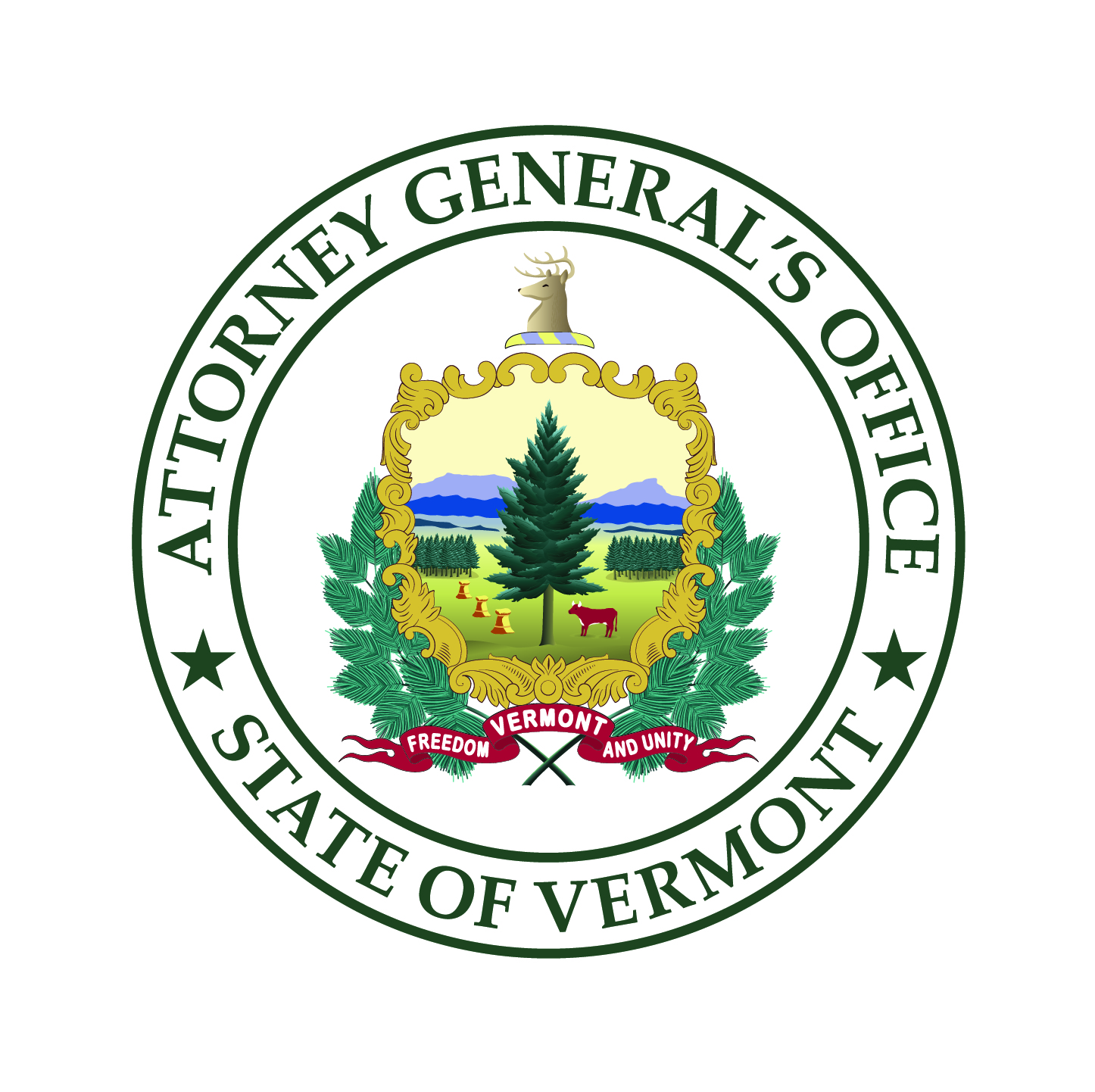This page covers the following topics:
- Lead
- Enforcement Actions
- Lead in pre-1978 Housing (for landlords, tenants, and sellers of real estate)
- Lead Safe Work Practices – Compliance with EPA’s “RRP” Rule and Vermont Law (for contractors, painters, plumbers, and electricians)
- Lead in Consumer Products (for retailers and plumbers)
- Other Resources
Lead
Lead poisoning is a serious but preventable health problem. Medical research shows that there is NO safe level of lead.
Lead can cause permanent damage to children, including: learning disabilities, behavioral problems, lower IQ, and other health problems. In 2007, about 1,600 Vermont children under the age of 6 who were tested for lead had blood lead test results at or above the current Vermont level of concern (5 micrograms per deciliter). Adults can also suffer health effects from lead, including: higher blood pressure, cardiovascular disease, anemia, kidney damage, thyroid dysfunction and cancer.
Lead in paint and dust from lead paint are the major sources of lead exposure for Vermont children. Approximately 66% of Vermont homes and 80% of Vermont rental units were built before 1978 when lead was banned in residential paint. Anyone living in or working on these buildings is at greater risk for exposure to lead – especially when unsafe work practices are used.
Enforcement Actions
The Office of the Vermont Attorney General, working with the Department of Health, is committed to decreasing the exposure of Vermonters to lead through enforcement of the Vermont lead laws. View settlement documents (including complaints, settlements and press releases) for lead law enforcement cases brought since the fall of 2007.
To view Lead in Housing click here
Lead Safe Work Practices
ATTENTION PAINTERS, CONTRACTORS, REMODELERS, MAINTENANCE WORKERS AND OTHER SPECIALTY TRADES: On April 22, 2010, the United States Environmental Protection Agency’s (“EPA”) Renovation, Repair, and Painting (“RRP”) rule went into effect.
The rule and Vermont law has slightly different standards for anyone distributing lead-based paint.
The Attorney General’s guide to Lead Safe Work Practices includes information on how to comply with both Vermont’s law and the EPA rule.
EPA website database of accredited trainers or contact the EPA at 1-800-424-LEAD for assistance in finding a trainer.
Click here for a list of Certified Renovation firms.
Lead in Consumer Products
Vermont’s lead in consumer products law, 9 V.S.A., Chapter 63, Subchapter 1C, strives to phase out most lead from children’s products and from some non-children’s items, and requires warnings to consumers about lead.
Parts of Vermont’s lead in consumer products law, relating to lead in children’s products, have been supplanted (or “preempted”) by the federal Consumer Product Safety Improvement Act of 2008, which was signed into law on August 14, 2008. http://www.govtrack.us/congress/bill.xpd?bill=h110-4040.
Jan. 2014 Federal standards: As of January 4, 2014, the federal Safe Drinking Water Act (“SDWA”) exempts certain plumbing parts of 2” in diameter or larger from the prohibition on lead. However, the law allows states to have higher standards. Therefore, Vermont’s standard for plumbing fixtures described above continues to apply, regardless of the size of the part, if the part is used to convey or dispense water for human consumption.
Resources
- Guide to the lead in consumer products law for businesses.
- Supplemental guide on lead in plumbing supplies.
- Frequently Asked Questions and Answers about Vermont’s lead in plumbing supplies law (“Act 193”).
Other Resources:
-
- Contact the Office of the Attorney General: For questions on Vermont’s lead law and the lead law enforcement activity of the Office of the Attorney General, please call 802-828-5507 or e-mail: AGO.lead@vermont.gov
- Attorney General Sorrell on “Across the Fence”: Vermont Attorney General William H. Sorrell appeared on the “Across the Fence” television program on March 16, 2009 to discuss the dangers of lead paint, the obligations of landlords under Vermont’s lead law, and the lead law enforcement activity of the Office of the Attorney General.
- “Get the Lead Out of Vermont” Report: On February 1, 2007, Attorney General William Sorrell and Acting Commissioner of Health Sharon Moffatt, RN, MSN, released the results of a year-long study of lead poisoning in Vermont. The report recommends a wide variety of actions the State can take to reduce the effects of lead on all Vermonters. The entire report can be viewed below:
Get the Lead Out of Vermont (Cover)
Table of Contents
Overview
Housing
Consumer Products
Identification and Intervention
Resources
- Town Health Officers: the Vermont Department of Health has information and resources available for Town Health Officers on its website, including information on the role and responsibilities of Town Health Officers, the Town Health Officer Manual, and audio podcasts of Town Health Officer trainings and presentations.
- Find your Town Health Officer: The Department of Health also maintains a searchable list of all Vermont Town Health Officers by town and officer name.
- Additional Resources:
EMP Training
Selecting a Lead Contractor
Lead Poisoned Children Rules
Lead Disclosure Rule
Rental Housing Health Code
The Cost of Lead Poisoning in Vermont (“The Dartmouth Report”)
VDH Lead Resource Guide
Vermont Lead Poisoning Statutes - Useful Links:
Vermont Department of Health lead website
Vermont Housing and Conservation Board
City of Burlington Lead Program
Vermont Apartment Owners Association
Vermont Tenants Inc. (VTI)
Vermont Legal Aid
Vermont Rental Housing Codes

